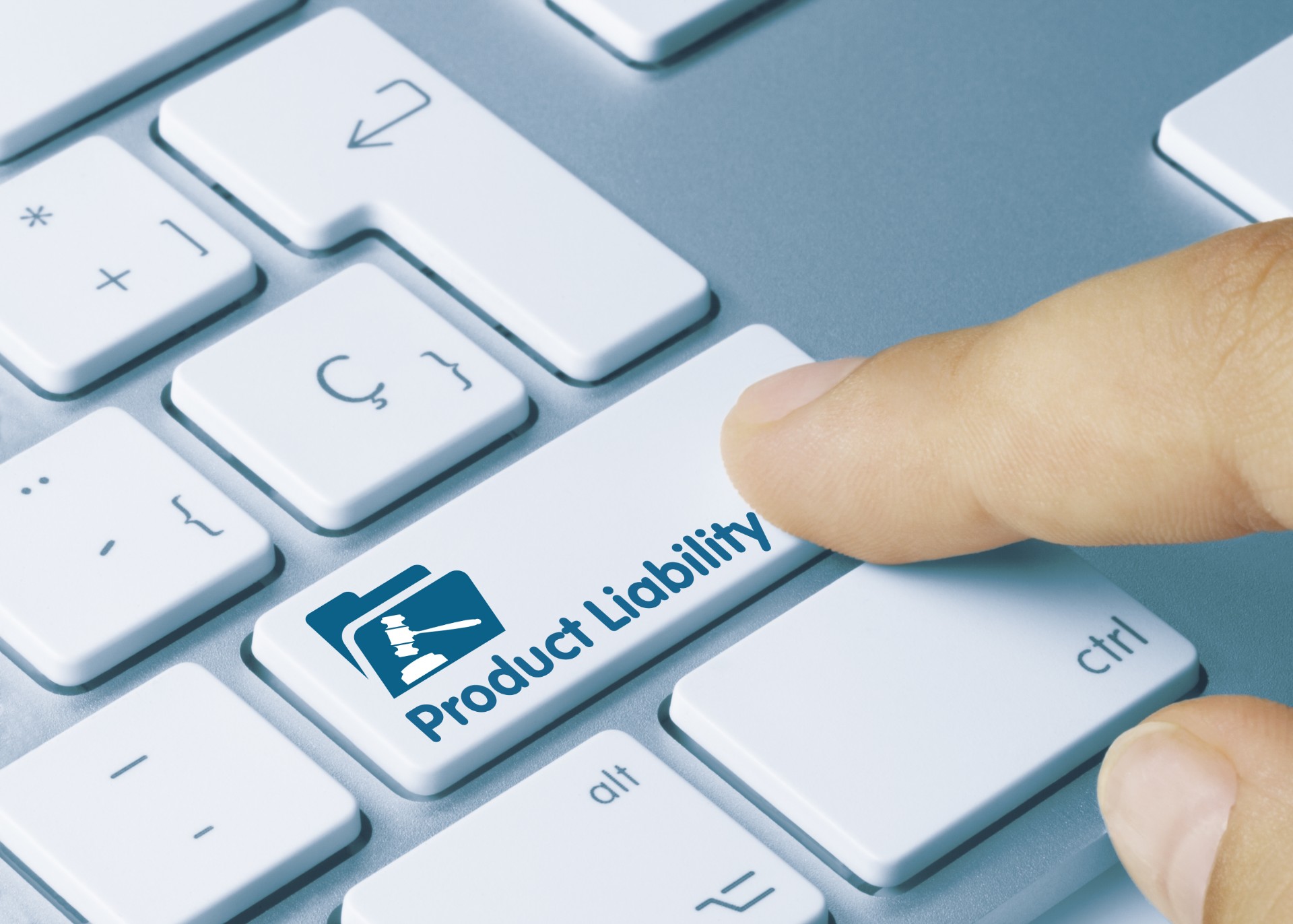
If you or a loved one have been injured at the hands of a pharmaceutical product, such as a chemotherapy drug like Taxotere, you are likely to have many questions about starting a legal claim against the party that harmed you.
One of the most frequently asked questions our experienced legal team at Hotze Runkle PLLC often hears is, “Who is responsible for my pharmaceutical product liability claim?” This question requires plenty of research as there are many parties that are involved in the process of making and distributing the pharmaceutical product, and it’s not always quite clear who exactly is at fault.
Let our experienced product liability lawyers help you to better understand who can be held responsible for your pain and suffering.
What is the first step?
Your first step should be to hire a qualified and committed lawyer that has experience in pharmaceutical product liability claims. You want to have a reliable lawyer that can effectively gather evidence for your case to help you find out who should be held liable.
Having an experienced team of lawyers behind you, like those at Hotze Runkle PLLC, can be extremely important when going up against the high-powered legal teams of pharmaceutical companies. This is especially true when the company tries to shift the blame.
Figuring Out Which Party is Liable
Many people that file a product liability claim have their finger pointed in the wrong direction. Consumers always want to go after the retailer, who, in some occasions, may be the one to blame. But that is not always the case.
Before figuring out which party is responsible, our lawyers here at Hotze Runkle PLLC will first start by figuring out what kind of defect resulted in your injury. A defective product may have been designed with a defect or manufactured with one.
Depending on the specifics of your case, multiple parties can be held responsible for a defective product. Everybody in the design, manufacturing, marketing, and selling process are responsible for making sure that everything they produce and sell is properly labeled with all information needed.
In cases involving medication like chemotherapy drugs, the pharmaceutical company who develops the product is also responsible for properly testing the product and checking for any potential side effects. Doctors and users must be warned of these side effects; warning labels are often required for prescription medications.
Parties that could potentially be held responsible for your pharmaceutical product liability claim include but are not limited to:
- Manufacturers – These are often large pharmaceutical companies who are involved in developing new drugs.
- Parties involved in testing – FDA approved drugs generally must undergo testing to validate their safety. The parties/laboratories checking these drugs could potentially be held responsible.
- Medical parties – A doctor or clinic can be held responsible for your injuries if they failed to properly warn you of the inherent risks associated with taking the drug.
- Retailers – This can include parties, such as a pharmacy, who may have played a role in the product’s defectiveness.
Each party is responsible for making sure the consumer is aware of any warnings or general information about the product.
Also, remember that in order to file your claim, you must have purchased your defective product from a legal supplier of that product. Anything you may have purchased through a third-party seller will most likely not be eligible as a claim.
Who’s fault is it?
There are two rules that can affect the outcome of your case:
- There is a doctrine known as, “Res ipsa loquitur,” or, “the thing speaks for itself.” According to this doctrine, there would be no defect if it hadn’t been for the negligence of someone within the company, and therefore relieves you of having to prove anything. Now, the pharmaceutical company has to prove that there was no negligence on their part.
- The second rule, if it applies, states that you would only have to prove that the product was, in fact, defective, instead of also having to prove that the defect came from the negligence of the manufacturer.
